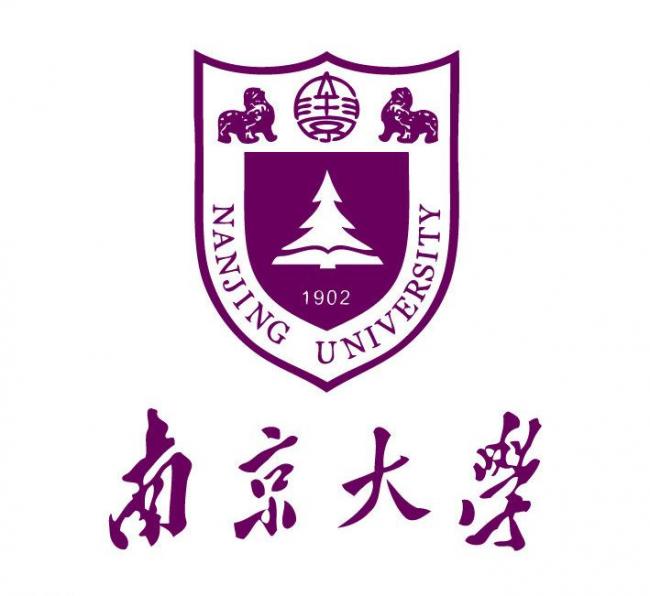书目详情:
About the editorsFigures1.1 Opening the bales of clothing1.2 Mountains of clothing are sorted into ‘colour families’1.3 A woman cuts up a tailored coat2.1 Ship becoming steel2.2 Chock-chocky furnishings3.1 Flows of uranium to conversion facilities needed for nuclear electricity production in France, 20083.2 The ‘closed nuclear cycle’3.3 Waste and materials generated in the material fuel chain4.1 Industrial clusters related to recycling e-waste in the Yangtze river delta4.2 The changing mode of competition in the global electronics industry4.3 The role of different players in WEEE recycling flows4.4 Different approaches in the EPR system5.1 An educational mural6.1 Negative equivalences of linguistic value7.1 Catadores scramble to collect plastics7.2 Bales of plastic bottles9.1 A process of reinstitutionalizing the biomedical discard9.2 An advisory medical professional in IHM’s ‘sorting room’AcknowledgementsIntroductionHistories and representations of recyclingEconomies of recyclingNotesReferencesSection One: Global waste flows1 | Shoddy rags and relief blankets: perceptions of textile recycling in north IndiaIntroductionThe political economy of second-hand clothingPanipat industry1.1 Opening the bales of clothing1.2 Mountains of clothing are sorted into ‘colour families’ prior to being cut up1.3 A woman cuts up a tailored coatMoral frameworksAcknowledgementsNotesReferences2 | Death, the Phoenix and Pandora: transforming things and values in BangladeshThe ship as Pandora’s box: death and destruction on the beach2.1 Ship becoming steelPhoenix from the cutting torch flames: sites of transformation and revalorization2.2 Chock-chocky furnishingsDomestic reincorporation and appropriation: shipshape and Bengali fashionConclusions – the dangers of revalorizationNotesReferences3 | One cycle to bind them all? Geographies of nuclearity in the uranium fuel cycleDefining the contours of the cycle, negotiating nuclearity3.1 Flows of uranium to conversion facilities needed for nuclear electricity production in France, 20083.2 The ‘closed nuclear cycle’3.3 Waste and materialsgenerated in the materialfuel chainWhen spatial strategies fail 1): interrupted flowsWhen spatial strategies fail 2): requalified materialsConclusionNotesReferences4 | The shadow of the global network: e-waste flows to ChinaIntroductionTransnational flows of e-wasteOutline of the investigationLocalization of imported e-waste recycling in coastal China4.1 Industrial clusters related to recycling e-waste in the Yangtze river delta4.2 The changing mode of competition in the global electronics industryChanging patterns of competition and innovation in the electronics industry4.3 The role of different players in WEEE recycling flows4.4 Different approaches in the EPR systemConcluding observationsNotesReferencesSection Two: The ethics of waste labour5 | Devaluing the dirty work: gendered trash work in participatory DakarIntroductionDescription of the ENDA community-based trash project in Tonghor, Yoff5.1 An educational mural aimed at neighbourhood women on the wall of the eco-sanitation station in Tonghor, YoffProducing community and empowerment in the space of trashConclusions: a flurry of wings and the return of the trash truckNotesReferences6 | Stitching curtains, grinding plastic: social and material transformation in Buenos Aires19/20 DecemberThe right to workThe BAUENCartoneando: from discarded workers to workers of waste6.1 Negative equivalences of linguistic valueConclusionNotesReferences7 | Trash ties: urban politics, economic crisis and Rio de Janeiro’s garbage dumpTheories of marginality and metaphors of waste7.1 Catadores scramble to collect plastics as a tractor-trailer unloads a mound of wastePart 1: The perils of social inclusionPart 2: At the centre of city politicsPart 3: Catadores and the global economic crisis7.2 Bales of plastic bottlesConclusion: waste and the making of social relationsNotesReferences8 | Sympathy and its boundaries: necropolitics, labour and waste on the Hooghly riverNecropolitics on the Hooghly riverSenses of workmanship: labour, vitality and wasteNeoliberalism, public deficit and private enterprise on the HooghlyA state ethics of preservation: Ma Ganga, pedigrees of skill and the marine department of the Kolkata PortA private ethics of fluidity: Hanuman, trusted futures and India Private LtdConclusion: necropolitics, the metabolism of cities, labour and wasteReferencesSection Three: Traces of former lives9 | ‘No junk for Jesus’: redemptive economies and value conversions in Lutheran medical aidIntroductionCirculating things not people: NGOs as Lutheran global actorsConcealing the institutional life of hospital discardsConverting medical supplies into useful things9.1 A process of reinstitutionalizing the biomedical discard9.2 An advisory medical professional in IHM’s ‘sorting room’ in 2005/06Sinfulness and ‘junk’ medical suppliesConclusionNotesReferences10 | Evident excess: material deposits and narcotics surveillance in the USAIntroductionRevelation and representationSewer epidemiologyConclusionNotesReferencesLegal cases cited11 | Remont: work in progressIntroductionSoviet remont in practice: from bedside lights to policyPost-Soviet remontConclusionsAcknowledgementsNotesReferencesAfterword: the apocalypse of objects – degradation, redemption and transcendence in the world of consumer goodsCosmologies have consequencesOn the significance of the prefix ‘eco-’Back to recyclingNotesReferencesAbout the contributorsIndex
评论:







